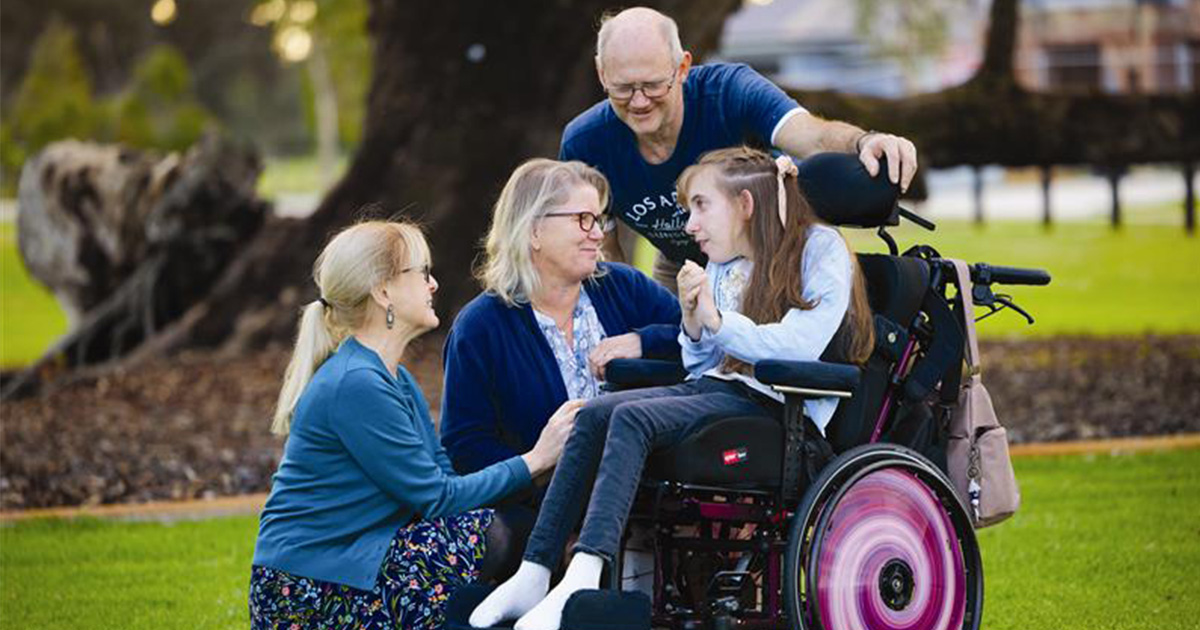Search
Showing results for "rett"
Research
Patterns of sedentary time and ambulatory physical activity in a Danish population of girls and women with Rett syndromeHigh levels of sedentary time and low daily step counts in a Danish population of females with Rett syndrome
Research
Atypical presentations and specific genotypes are associated with a delay in diagnosis in females with Rett syndromeThere is often delay between onset of Rett syndrome symptoms and its diagnosis, possibly related to symptom presentation or socio-demographic factors.
Research
Genotype and sleep independently predict mental health in Rett syndrome: An observational studyRett syndrome is a genetically caused neurodevelopmental disorder associated with severe impairments and complex comorbidities. This study examined predictors of anxiety and depression in Rett syndrome, including genotype.
We investigated our data from family questionnaires to see how feeding difficulties related to age, the type of MECP2 mutation, and the use of gastrostomy.
We developed a measure of hand function, and then investigated relationships between hand function, type of MECP2 mutation, age and severity of symptoms.
Research
qPCR assay optimisation for a clinical study comparing oral health risk in Rett syndromeThis study aimed to validate qPCR assays for specific microbiota, for use on dental plaque samples stored on Whatman FTA cards to compare relative oral health risk in Rett syndrome.
Research
Exploring Oral Health Related Quality of Life in Rett Syndrome Using Directed Content AnalysisNo validated oral health-related quality of life (OHRQOL) instrument currently exists for those with severe intellectual and developmental disabilities and who communicate non-verbally. This qualitative study aimed to explore the domains that were important to the oral health-related quality of life in individuals with Rett syndrome.
Research
Decline in gross motor skills in adult Rett syndrome; results from a Danish longitudinal studyLongevity of individuals with neurodevelopmental diseases as Rett syndrome (RTT) has increased and many reach adulthood and old age. There is therefore a need to increase knowledge about the course of RTT in adults in order to improve medical care management and quality of life.
Research
Determinants of sleep disturbances in Rett syndrome: Novel findings in relation to genotypePrevalence and determinants of sleep problems in Rett syndrome

Affecting approximately 400 people in Australia, Rett syndrome is a rare neurological disorder that occurs almost exclusively in girls and affects mobility and development, impacting everything from walking and talking to eating and breathing.
